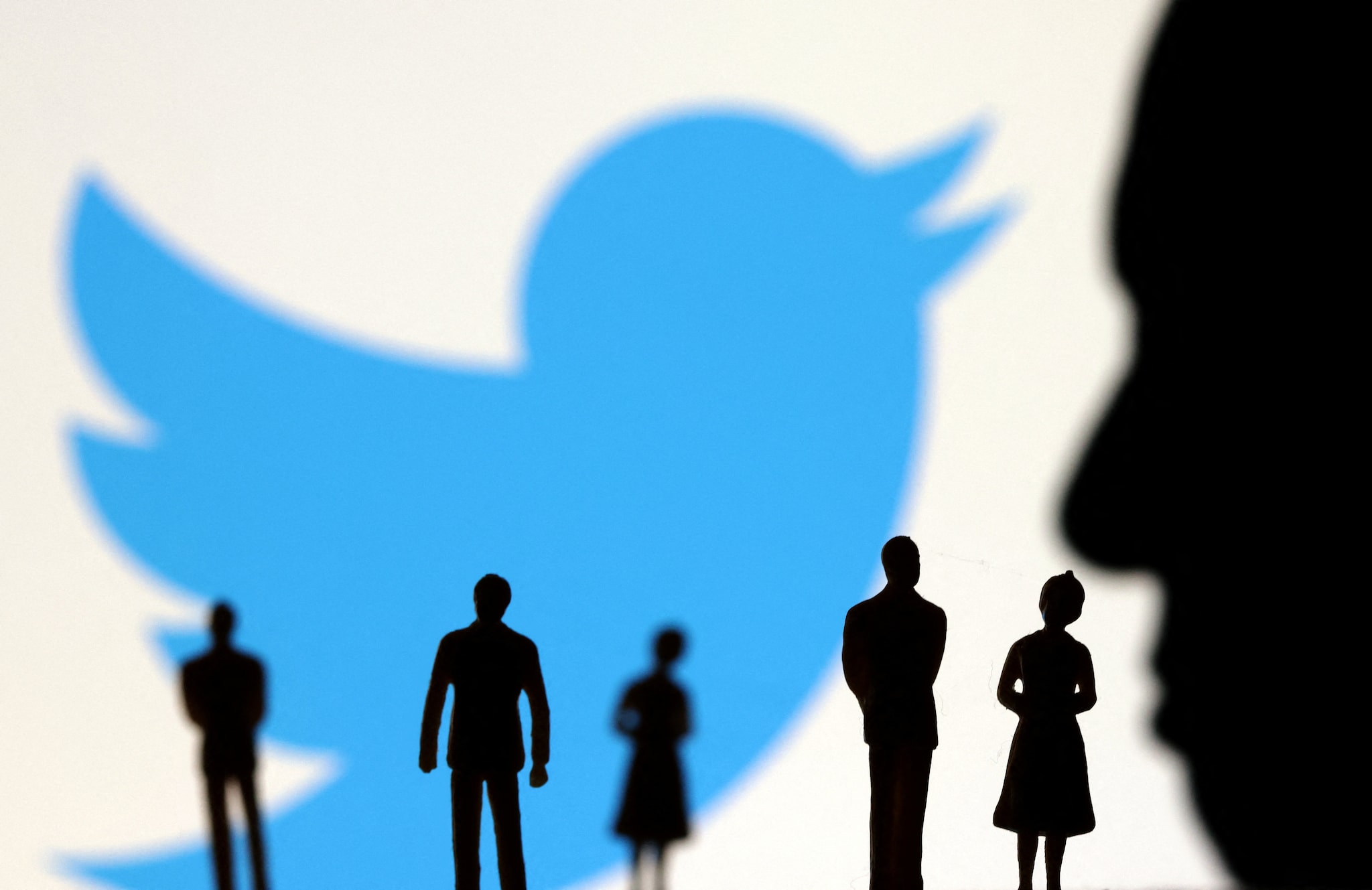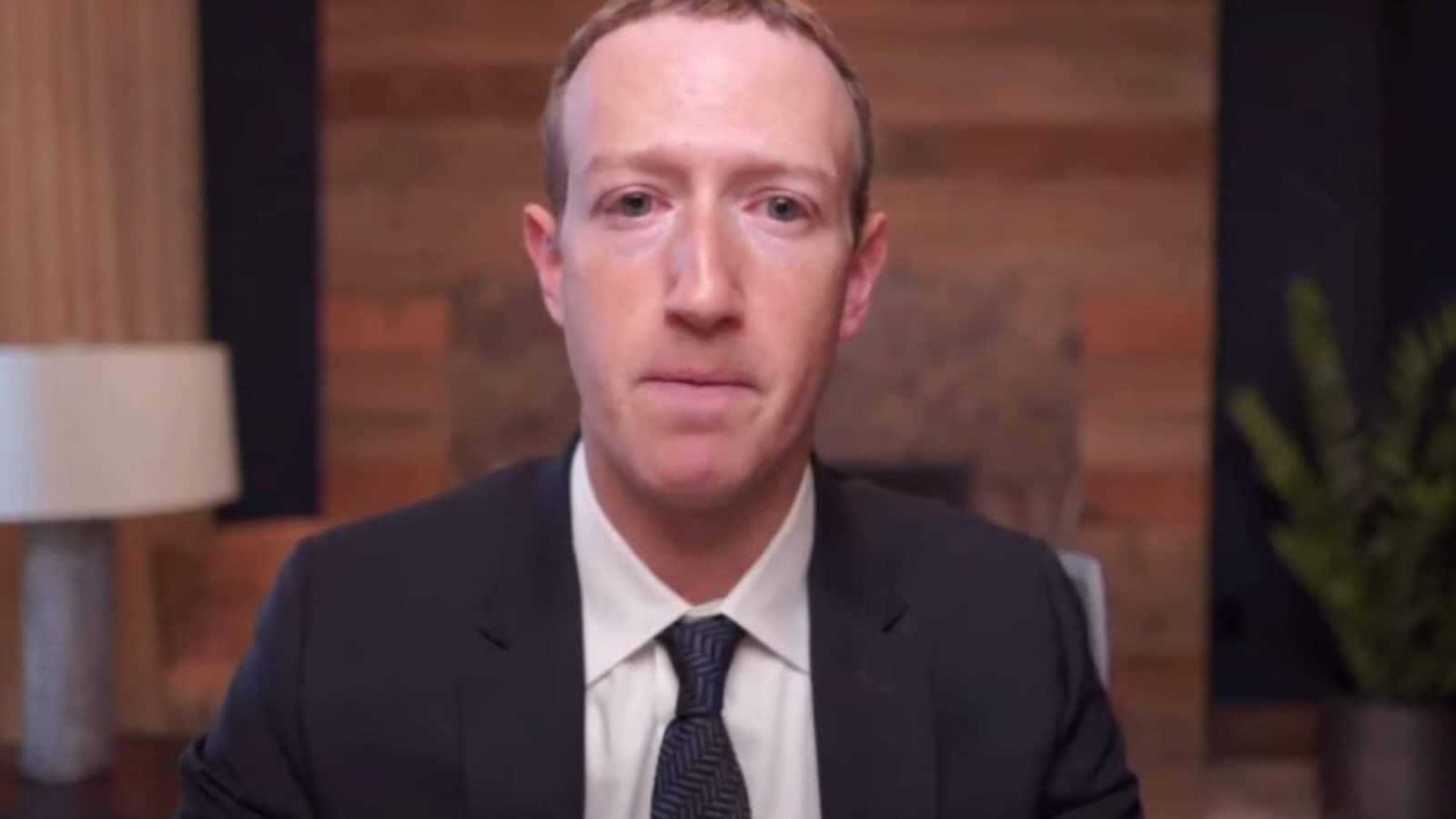Pandemic Boom & then Fall: Meta Sacking 11,000 Employees is Omen for Tech Jobs | Here’s Why
Facebook parent Meta is laying off 11,000 employees, or about 13% of its workforce, as it deals with declining revenue and broader tech industry woes, according to CEO Mark Zuckerberg in a letter to employees sent out Wednesday.
ALSO READ | Mark Zuckerberg Confirms Meta Layoffs, Lets Go Of 11,000 Employees; Read Full Letter Here
The layoffs come just a week after Twitter’s new owner, billionaire Elon Musk, laid off a large number of employees. Several job cuts have occurred at other tech firms that hired quickly during the pandemic.

So Why is This Happening?
“Unfortunately, this did not play out the way I expected,” Zuckerberg said in a prepared statement. “Not only has online commerce returned to prior trends, but the macroeconomic downturn, increased competition, and ads signal loss have caused our revenue to be much lower than I’d expected. I got this wrong, and I take responsibility for that.”
Zuckerberg also stated that he made the decision to hire aggressively, anticipating rapid growth even after the pandemic was over.
Following a surge of success as the world moved indoors during the pandemic, the tech industry has experienced a severe slowdown in recent months.
A report by the Guardian explained that a global economic downturn, rising interest rates, and regulatory challenges have prompted tech companies such as Alphabet and Amazon to reduce or eliminate hiring. Snap laid off 1,300 employees and reduced investments in late August.
According to an Axios report, Microsoft laid off around 1,000 employees across several divisions in October. Following Elon Musk’s $44 billion takeover of Twitter, the company laid off half of its workforce last week.
Facebook Losing Young Users, Apple’s Privacy Policies
In recent months, Meta has experienced uncertainty about the company’s future as its flagship platform Facebook loses young users and it faces revenue challenges due to changes in Apple’s privacy policies. Meanwhile, investors appear to be unconvinced by the company’s metaverse pivot, the report stated.
Meta has worried investors by pouring over $10 billion a year into the “metaverse” as it shifts its focus away from social media. Zuckerberg predicts the metaverse, an immersive digital universe, will eventually replace smartphones as the primary way people use technology.

Meta and its advertisers are bracing for a potential recession. There’s also the challenge of Apple’s privacy tools, which make it more difficult for social media platforms like Facebook, Instagram and Snap to track people without their consent and target ads to them.
Competition from TikTok is also an a growing threat as younger people flock to the video sharing app over Instagram, which Meta also owns.
A Series of Downs
Investors slashed the company’s market value by $80 billion (£69 billion) last month after it reported that profits had been cut in half during the third quarter. It was one of the most dramatic devaluations seen on Wall Street since the beginning of the year.
Meta’s third-quarter earnings were the latest in a string of poor results. It lost $230 billion in market value in February, the largest one-day loss in US corporate history.
Meta had hinted at job cuts after announcing a hiring freeze and potential restructuring in September.
“I had hoped the economy would have more clearly stabilised by now, but from what we’re seeing it doesn’t yet seem like it has, so we want to plan somewhat conservatively,” Zuckerberg told employees during the Q&A session last month.
The Dismal Tech Company Trend
As Big Tech firms reported less-than-stellar earnings in recent weeks, they also gave warning signs about the months ahead, Business Insider reported. Customers were cutting back on spending due to the looming threat of a recession, with few signs of a rebound on the horizon.
That means that in the coming weeks and months, those companies will be looking for ways to cut costs wherever they can, Dan Wang, an associate professor at Columbia Business School told Business Insider.
“When they cut costs, the first thing to go is typically labor costs and also advertising and marketing. So when it comes to forecast what their numbers will look like, it’ll depend on how they have seen the trend in advertising spending on their platforms. When that doesn’t look good, then they have to accommodate those expectations by adjusting the workforces,” he told Insider.
Murphy had explained that it always so happened in cycles like this that sometimes companies did not do layoffs significantly enough, but rather slowed down on hiring and hope that normal churn might rightsize them.
“Coming out of Q3, which was much more difficult than Q2, it became much more obvious how many headwinds there were, and startups realized they can’t grow out of this with the staff they have and actually have to lay people off,” he was quoted as saying.
Read all the Latest Explainers here
For all the latest Technology News Click Here

